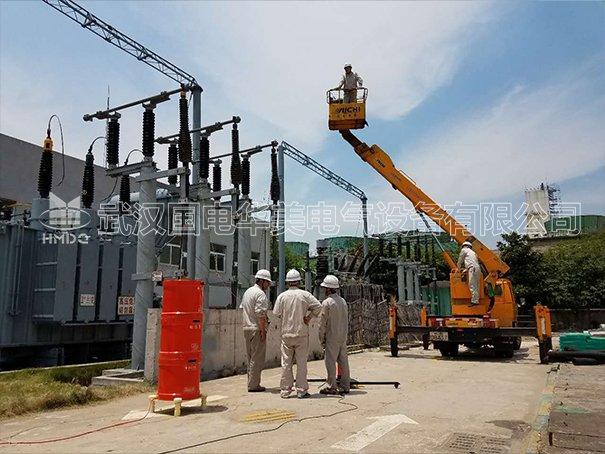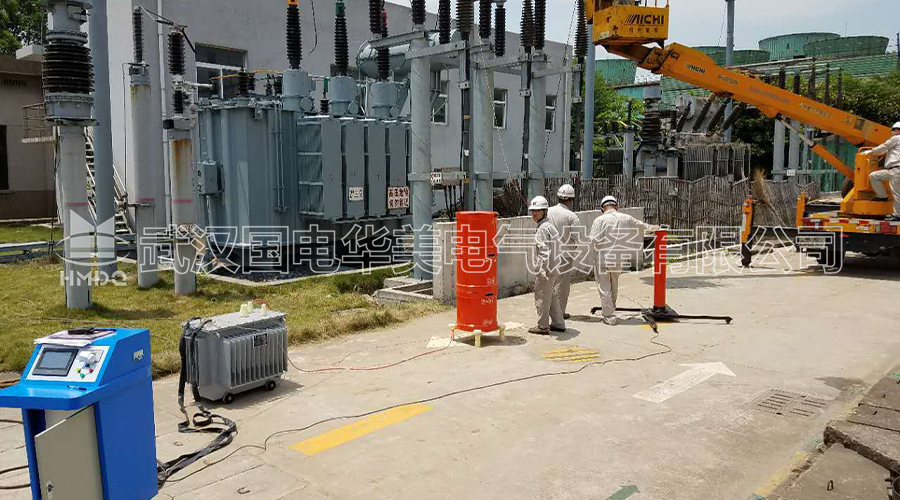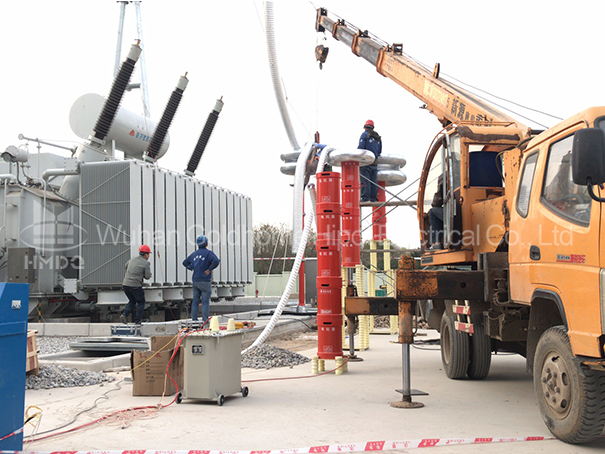How to Find Resonance Points in AC Resonance Testing Systems

How to Identify Resonance Points in a Series Resonance Test System
Identifying Resonance Points:
Frequency Sweep Method:The most common method used to locate resonance points is the frequency sweep method.This method involves sweeping the frequency of the input signal across a wide range and observing the output response.As the frequency is varied,the output response will change.At the resonance point,the output response will be at its maximum.This method is simple and effective in identifying the resonant frequency of a circuit.
Impedance Measurement Method:Another approach to finding resonance points is through impedance measurements.In a series resonance test system,the impedance of the circuit under test is measured at different frequencies.The impedance comprises both resistance and reactance components.At the resonance point,the reactance component becomes zero,resulting in a purely resistive impedance.By measuring the impedance at various frequencies,the resonant frequency can be determined when the reactance component is minimized.
Phase Angle Measurement Method:The phase angle measurement method is also commonly employed to locate resonance points.In this method,the phase angle between the input and output signals is measured at different frequencies.At the resonance point,the phase angle between the input and output signals will be zero or close to zero.By analyzing the phase angle measurements,the resonant frequency can be identified.
Quality Factor Measurement Method:The quality factor,also known as Q-factor,of a circuit is a measure of its damping.It indicates the sharpness of the resonance peak.The quality factor is directly related to the bandwidth of the resonance.By measuring the quality factor at different frequencies,the resonance point can be determined.At the resonance point,the quality factor will be at its maximum.
Conclusion:Identifying resonance points in a series resonance test system is a crucial step in understanding the behavior of electrical circuits.The frequency sweep method,impedance measurement method,phase angle measurement method,and quality factor measurement method are commonly used techniques to locate resonance points.Each method offers its advantages and limitations,and the choice of method depends on the specific requirements of the test system.By employing these methods effectively,engineers can accurately identify resonance points and gain valuable insights into the characteristics of electrical circuits.
Introduction:In the field of electrical engineering,series resonance test systems play a crucial role in analyzing the behavior of electrical circuits.These systems are designed to identify the resonance points,also known as the resonant frequency,of a circuit.The resonant frequency is the frequency at which the circuit exhibits maximum response to an external stimulus.This essay aims to explore the methods and techniques used to identify resonance points in a series resonance test system.
Identifying Resonance Points:
Frequency Sweep Method:The most common method used to locate resonance points is the frequency sweep method.This method involves sweeping the frequency of the input signal across a wide range and observing the output response.As the frequency is varied,the output response will change.At the resonance point,the output response will be at its maximum.This method is simple and effective in identifying the resonant frequency of a circuit.
Impedance Measurement Method:Another approach to finding resonance points is through impedance measurements.In a series resonance test system,the impedance of the circuit under test is measured at different frequencies.The impedance comprises both resistance and reactance components.At the resonance point,the reactance component becomes zero,resulting in a purely resistive impedance.By measuring the impedance at various frequencies,the resonant frequency can be determined when the reactance component is minimized.
Phase Angle Measurement Method:The phase angle measurement method is also commonly employed to locate resonance points.In this method,the phase angle between the input and output signals is measured at different frequencies.At the resonance point,the phase angle between the input and output signals will be zero or close to zero.By analyzing the phase angle measurements,the resonant frequency can be identified.
Quality Factor Measurement Method:The quality factor,also known as Q-factor,of a circuit is a measure of its damping.It indicates the sharpness of the resonance peak.The quality factor is directly related to the bandwidth of the resonance.By measuring the quality factor at different frequencies,the resonance point can be determined.At the resonance point,the quality factor will be at its maximum.
Conclusion:Identifying resonance points in a series resonance test system is a crucial step in understanding the behavior of electrical circuits.The frequency sweep method,impedance measurement method,phase angle measurement method,and quality factor measurement method are commonly used techniques to locate resonance points.Each method offers its advantages and limitations,and the choice of method depends on the specific requirements of the test system.By employing these methods effectively,engineers can accurately identify resonance points and gain valuable insights into the characteristics of electrical circuits.




